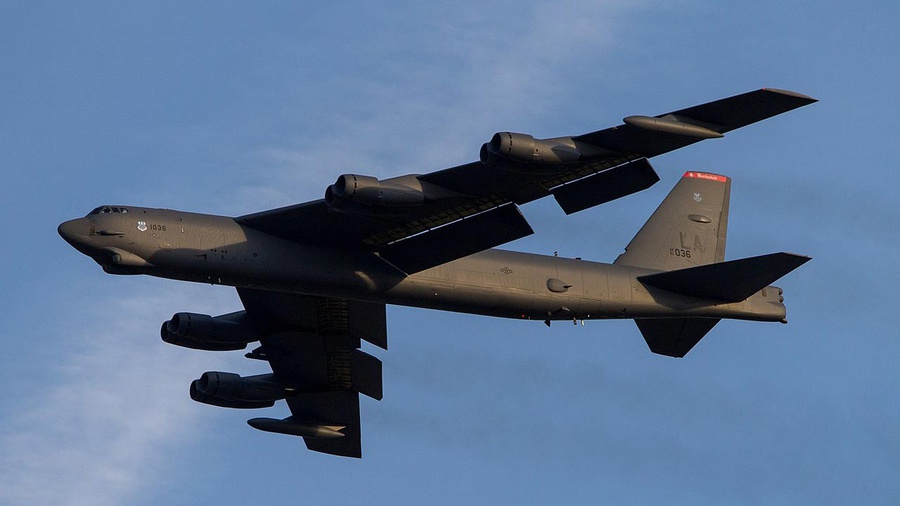The US Air Force has designated the re-engined B-52H bomber as the B-52J. This decision brings to a close years of debate on the designation of the improved Stratofortress, as it undergoes some of the most significant improvements in its 61-year service life. As part of the upgrade, the B-52Hs will receive new Rolls Royce F130 engines, a new radar, communications and navigation equipment, and new weapons, among other improvements.
“Any B-52H aircraft modified with the new commercial engines and associated subsystems are designated as B-52J,” the Air Force said in justification documents for its 2024 budget request.

Rolls-Royce North America has been selected to provide the powerplant for the B-52 Stratofortress under the Commercial Engine Replacement Program (CERP). The decision means the American-made Rolls-Royce F-130 engine will power the B-52 for the next 30 years.
The F130 and its commercial family of engines have accumulated more than 27 million engine flight hours. A variant of the Rolls-Royce engine selected to power the iconic B-52 is already in service with the USAF around the world, powering both the C-37 and E-11 BACN aircraft.
The re-engining program is funded for $2.56 billion, all in the RDT&E budget, peaking at $650.5 million in 2025. The program seeks to replace the original-equipment Pratt & Whitney TF33 engines with Rolls Royce F130s. The change is expected to eventually pay for itself through 30 percent better fuel efficiency and elimination of engine overhauls, as the F130 will not need an overhaul for the duration of its expected life on the B-52 wing.
“Along with the new engines, CERP will replace associated subsystems, such as engine struts and nacelles, the electrical power generation system, and cockpit displays,” the Air Force said. “The development, production and installation of new engines and related subsystems will replace the legacy equipment on all 76 B-52H aircraft.”
The Air Force expects B-52Js with both new engines and new radars to be available for operational use before the end of the decade.
The Boeing B-52 Stratofortress is an American long-range, subsonic, jet-powered strategic bomber. It has been operated by the United States Air Force (USAF) since the 1950s. The bomber can carry up to 70,000 pounds (32,000 kg) of weapons, and has a typical combat range of around 8,800 miles (14,200 km). The B-52 was originally intended to be an atomic-bomb carrier capable of reaching the Soviet Union. It has proved adaptable to a number of missions.
The USAF continues to rely on the B-52 because it remains an effective and economical heavy bomber in the absence of sophisticated air defenses, particularly in the type of missions that have been conducted since the end of the Cold War against nations with limited defensive capabilities. The B-52 has also continued in service because there has been no reliable replacement.
Source: Air & Space Forces


